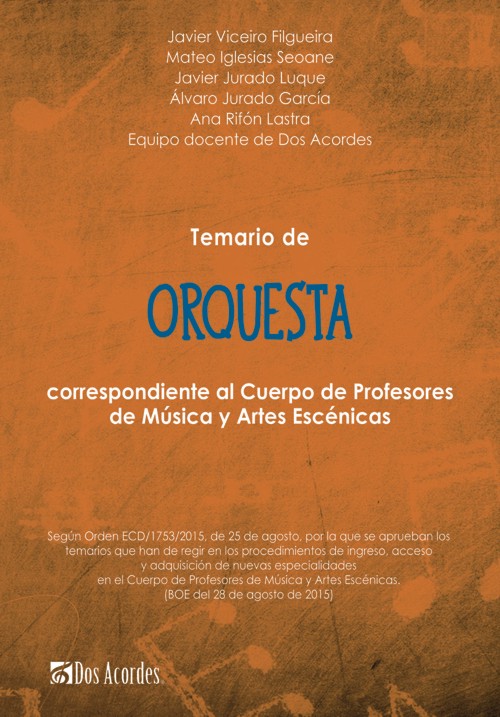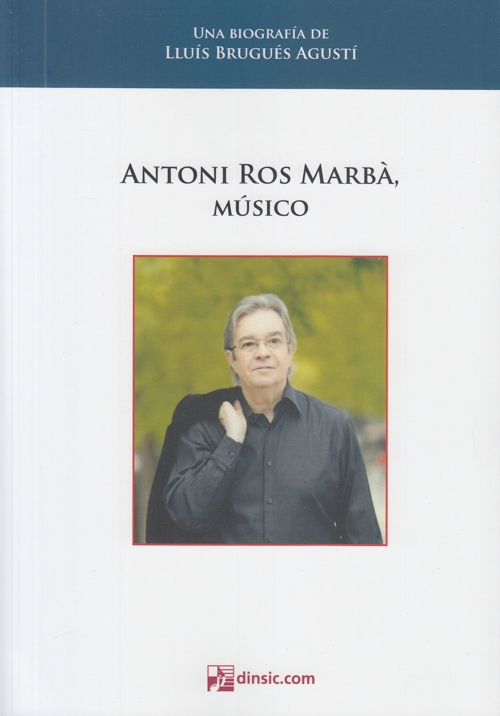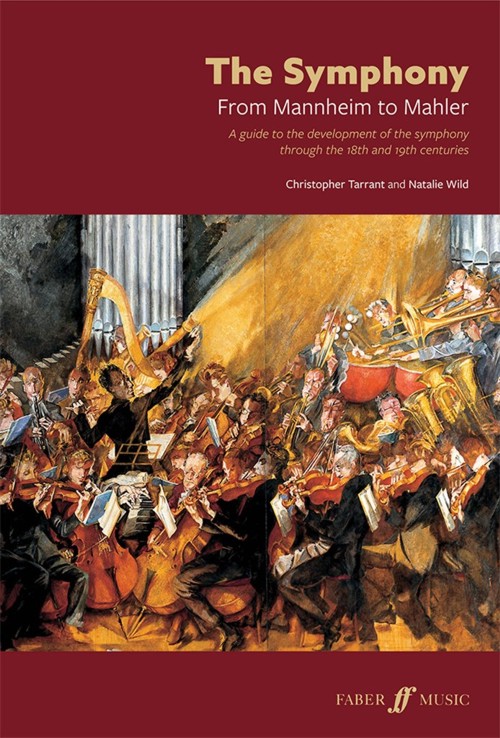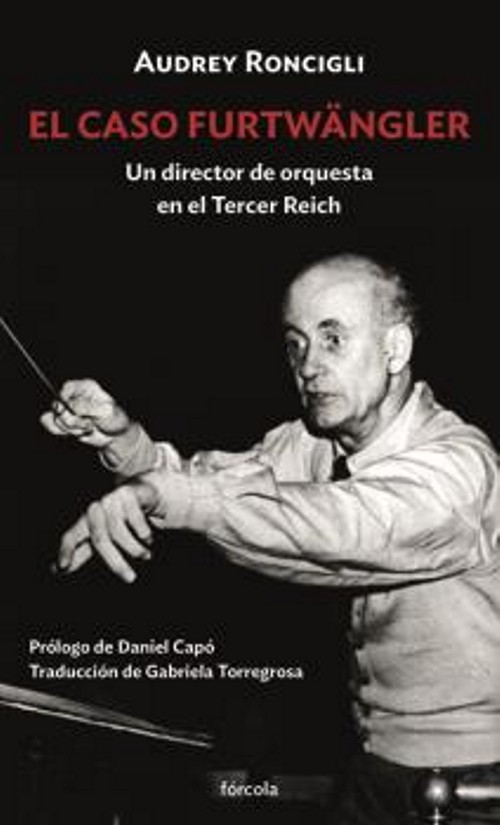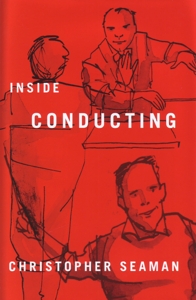
Inside Conducting
Seaman, Christopher
University of Rochester Press. 2013Ficha técnica
- EAN: 9781580464116
- ISBN: 978-1-58046-411-6
- Editorial: University of Rochester Press
- Fecha de edición: 2013
- Encuadernación: Cartoné con sobrecubierta
- Dimensiones: 16x24
- Idioma: Inglés
- Nº páginas: 268
No disponible temporalmente
Disponibilidad sujeta a la información del editorPVP. 27,55€
Añadir a la Lista de deseos
Illustration by Michael Richards
What does a conductor actually do? How much effect does he or she have? Can the orchestra manage without one? Why don't the players look at the conductor more? Is it necessary for the conductor to play every instrument? What about interpretation? What happens at rehearsals? Why do some conductors "thrash around" more than others? Who's the boss in a concerto: the soloist or the conductor?
These are some of the questions that receive lively and informative answers in this book by renowned conductor Christopher Seaman. Composed of short articles on individual topics, it is accessible and easy to consult. Each article begins with an anecdote or saying and ends with quotations from musicians, often expressing opposing views.
There are many books on the art of conducting, but none like this. Music lovers wondering what the figure on the podium actually does, and aspiring conductors eager to learn more about the art and craft of leading an orchestra, will all treasure this wise yet humorous book.
Christopher Seaman has been successful at both ends of the baton. After four years as principal timpanist of the London Philharmonic Orchestra, he was appointed principal conductor of the BBC Scottish Symphony Orchestra and has enjoyed a busy international conducting career for over forty years. He is now Conductor Laureate for Life of the Rochester Philharmonic Orchestra, New York, and he continues to bring great music and wise words to audiences, students, and readers around the world.
CONTENIDO:
Foreword
Preface
Acknowledgments
Part One: The Conductor's Mind
Background
Harmony
Memory
Perfect Pitch
Training Conductors
Youth Orchestras
Part Two: The Conductor's Skills
Balance
Choral Works
Concerto Accompaniment
Ear
Eye Contact
Opera
Rehearsing
Part Three: The Conductor's Hands
Baton
Beat
Behind-the-Beat Playing
Directing from the Harpsichord
Economy of Gesture, Cueing, Use of the Left Hand
Part Four: The Conductor and the Musicians
Auditions
Chamber Orchestras
Chief Conductor
Friend or Boss?
Orchestral Playing
Role of Concertmaster
Solos in a Orchestral Piece
Stage Settings
Part Five: The Conductos and the Instruments
Strings
Winds
Timpani and Percussion
Part Six: The Conductor, the Composer, and the Score
Composers
Learning Scores, Interpretation
Marking Parts
Performance Practice
Shape and Structure
Tempo and Metronome
Part Seven: The Conductor and the Audience
Addresing the Audience
Applause, Platform Demeanor, Coughing
Program Planning
Part Eight: The Conductor and "the Business"
Career and Agents
Critics
Gender
Guest Conducting
Orchestral Managements
Recording
Travel and Packing
Part Nine: Inside the Conductor
Concentration
Control and Power
Ego
Languages
Nervousmess
Our Heritage: Some Ancestors and My Links with Them
Suggested Reading
Musical Exemple Credits
A Note on the Illustration
Index of Conductors


